All about soft blasting
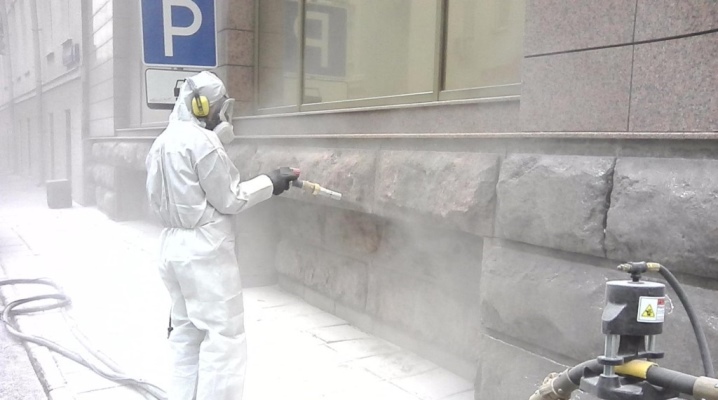
Blasting is a real, universal salvation from dirty surfaces. It can be used to solve problems such as rust, dirt, foreign deposits or paint. The material itself, from which the layer is removed, remains intact. With the help of this modern technology, facades can also be cleaned, which will allow the building to remain clean, well-groomed and beautiful for a long time.
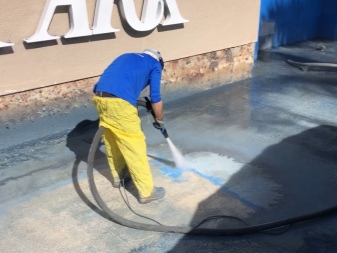
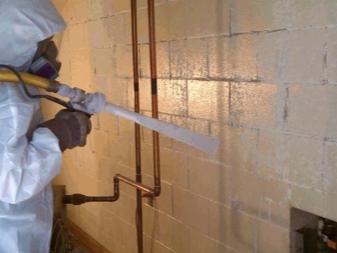
What it is?
Soft blasting is a versatile method of cleaning hard surfaces based on the use of fine abrasives. This equipment is designed to get rid of any contamination (greasy stains, waste products of various organisms, rust, mold, efflorescence from facades, varnish or paint, traces of combustion, fungal deposits), but without harm to a wide variety of materials. Soft blasting is suitable even for processing such fragile surfaces as aluminum, metal, glass, plastic.
A blaster creates a jet of compressed air containing water and some tiny abrasive particles. The mixture collides with an object at high speed, water softens the removed layer, and abrasive particles remove it.
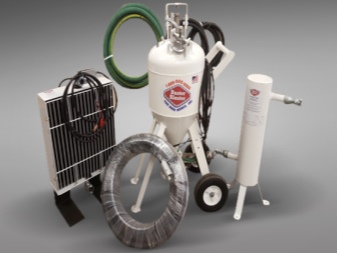

The difference between soft blasting and other types of abrasive cleaning is that, unlike sandblasting, reagents with a low level of abrasiveness are used for it, which do not have a strong negative effect on the object being processed. This method requires little or no water. It has a faster cleaning speed than other methods, while also requiring lower operating costs.
One of the main advantages of soft blasting is, of course, its environmental friendliness (it does not require special disposal measures). No harmful chemicals are involved in the cleaning process, no grinding machines are used. Also, soft blasting can save its user from the need to degrease surfaces before painting. And, finally, it is not fire hazardous, that is, it can be used in rooms where electrical equipment is present.
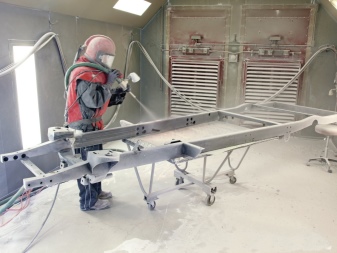
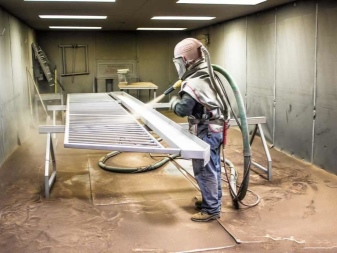
This method is applicable to products of any shape and complexity. With it, you can clean even the most inaccessible places.
The method was called "blasting" because of the blaster, a special device that is the main piece of equipment. There are two types of blasting: dry and wet. In the first case, the reagent interacts only with a stream of air, and in the second, it is supplied together with water. The choice of method depends on the degree of contamination and the properties of the coating.
Generally, Blasting itself is of three types: sandblasting (sandblasting), cryogenic blasting (COLDJET), soft blasting, which is discussed in this article. The latter type is also called soda blasting.
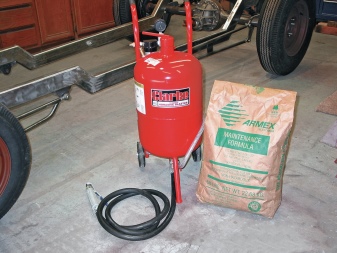
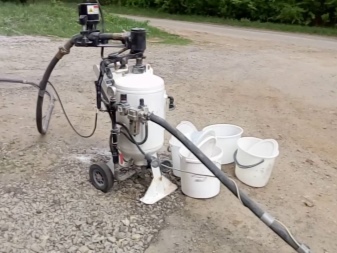
How do they do it?
Blasting technology involves abrasive and chemical action on a hard surface. This effect is safe, since the chemical composition is not harmful, and in the case of soft blasting, cleaning is extremely gentle. The reagents are applied to the surface under high pressure and thus it is cleaned.
If we consider the whole process in more detail, then a pneumatic tool with a compressor unit blows an abrasive from its nozzle at high pressure. The operator has the ability to vary the flow rate, thus controlling how strongly the mixture affects the material and how wide it covers it.
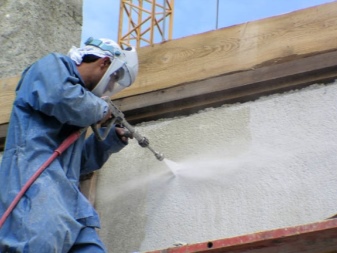
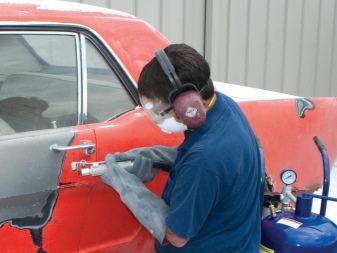
Convenient functionality allows you to control the processing, while almost effortlessly during cleaning. The last step in this process is the disposal of the used abrasive. Since the collection of waste material is difficult, the blasting apparatus is often equipped with a special vacuum device that collects dirt and abrasive waste.
Soft blasting technology is absolutely safe, since ordinary soda is supplied with the help of the machine. The method has been widely used in working with easily damaged materials and with surfaces that require regular processing.
The cleaning effect is achieved not so much due to mechanical action as due to microexplosions, which provide detachment of harmful particles from the surface to be cleaned.


Although blasting is considered the best cleaning method, often used for large-scale processing of large objects as well as for “jewelry” work with objects of historical significance, soda blasting is still considered the most gentle method of cleaning surfaces.
Sandblasting, for example, can cause damage due to the use of a harsh abrasive that can scratch the object being cleaned during the cleaning process. This can result in unwanted roughness and other surface defects. This is why it is not used on fragile materials or surfaces that require regular cleaning. In order to minimize damage, consideration should be given to the selection of the settings provided for the device, the level of operator skill, the characteristics of the equipment and the type of abrasive used.
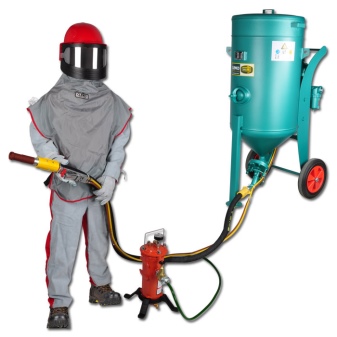
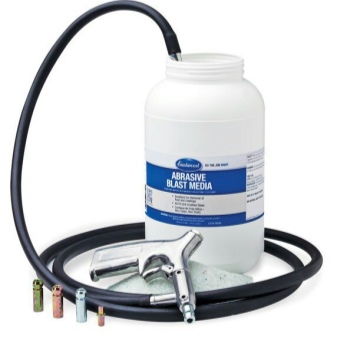
Areas of use
The scope of this method is really wide, because it is used not only in production and in various industries, but also in everyday life.
Blasting has been mastered in many areas of activity. It is perfect for treating monuments and monuments, house facades, as well as for eliminating the consequences of a fire. Even graffiti, which is usually difficult to clean, can be removed with this technology. Blasting allows you to quickly tidy houses - remove mold or traces of atmospheric precipitation. After the procedure, the building always looks almost as good as new.
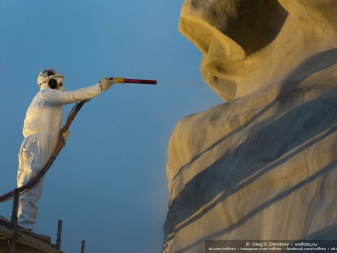
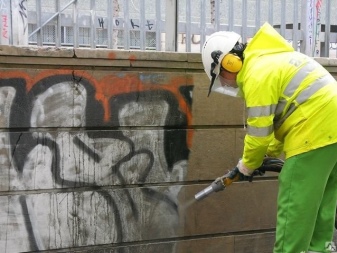
Soft blasting is widely used in watercraft maintenance. The key here is to avoid thinning the material, and therefore it is soda blasting that is used, and not sandblasting or cryogen. Using the method, shells and other deposits are removed from the bottom and hull of the vessel.
In the field of automotive service, you can also find the soft blasting method. It allows for efficient and quick cleaning of the body from common dirt, traces of fuels and lubricants, oils and rust. Using this method, you can also prepare the car for painting without damaging any of its other elements.
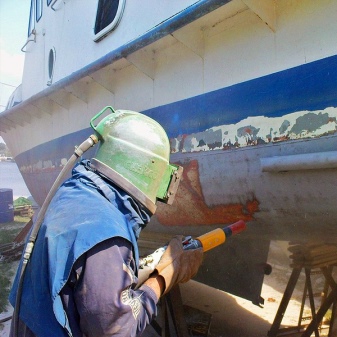
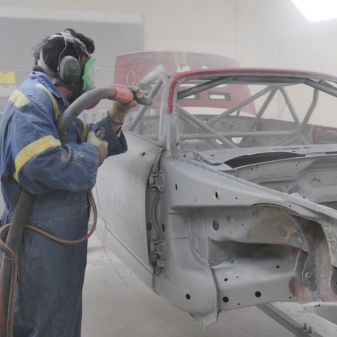
Cleaning of heat exchange equipment by the blasting method is very widely used in production.
It is produced as part of preventive equipment maintenance. Blasting machines do an excellent job with scale, rust and other dirt without destroying the surface to be cleaned.
While water cannons and harsh chemicals are not considered very suitable methods for cleaning equipment, cryoblasting is most often used for this type of work. Cleaning of heat exchange equipment using the blasting method is carried out on a regular, scheduled basis, since untimely removal of deposits can lead to a decrease in efficiency, and in the future - to equipment failure.
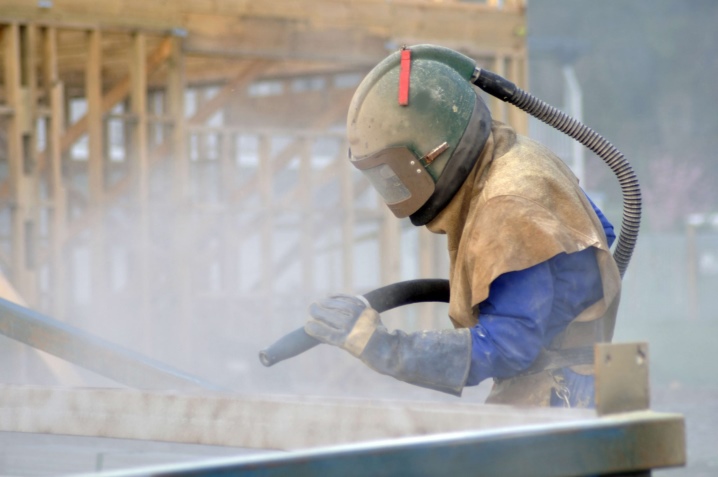













The comment was sent successfully.